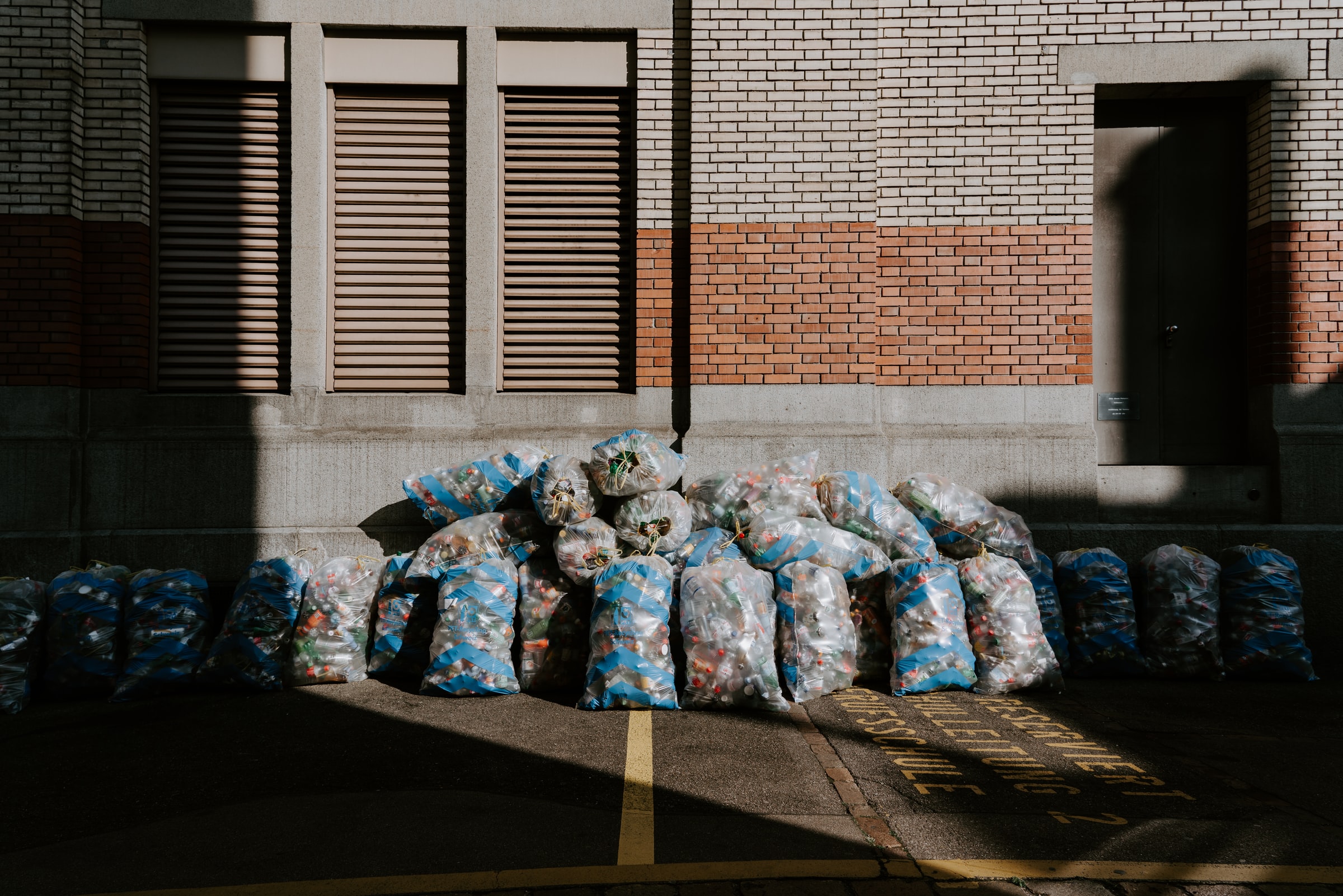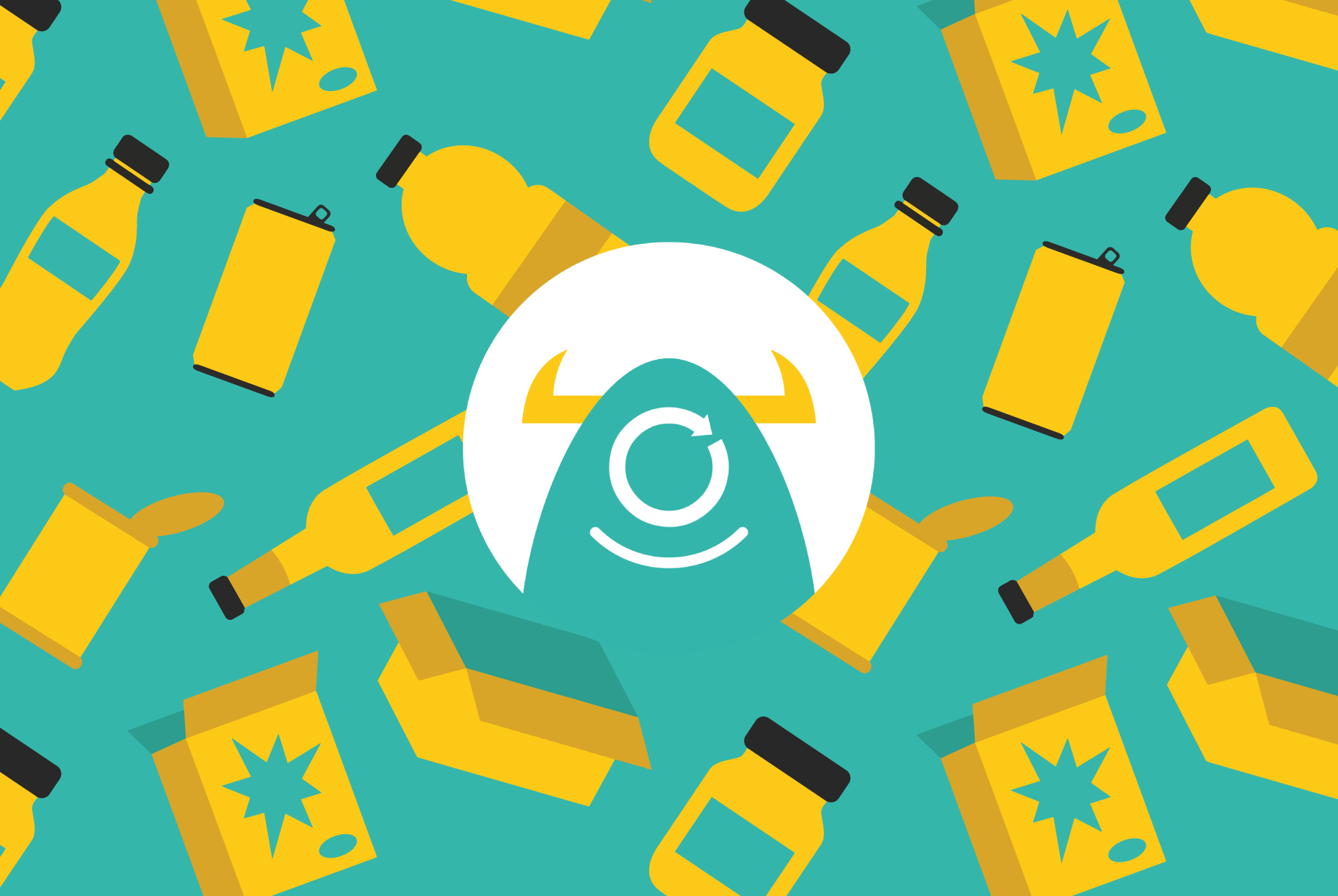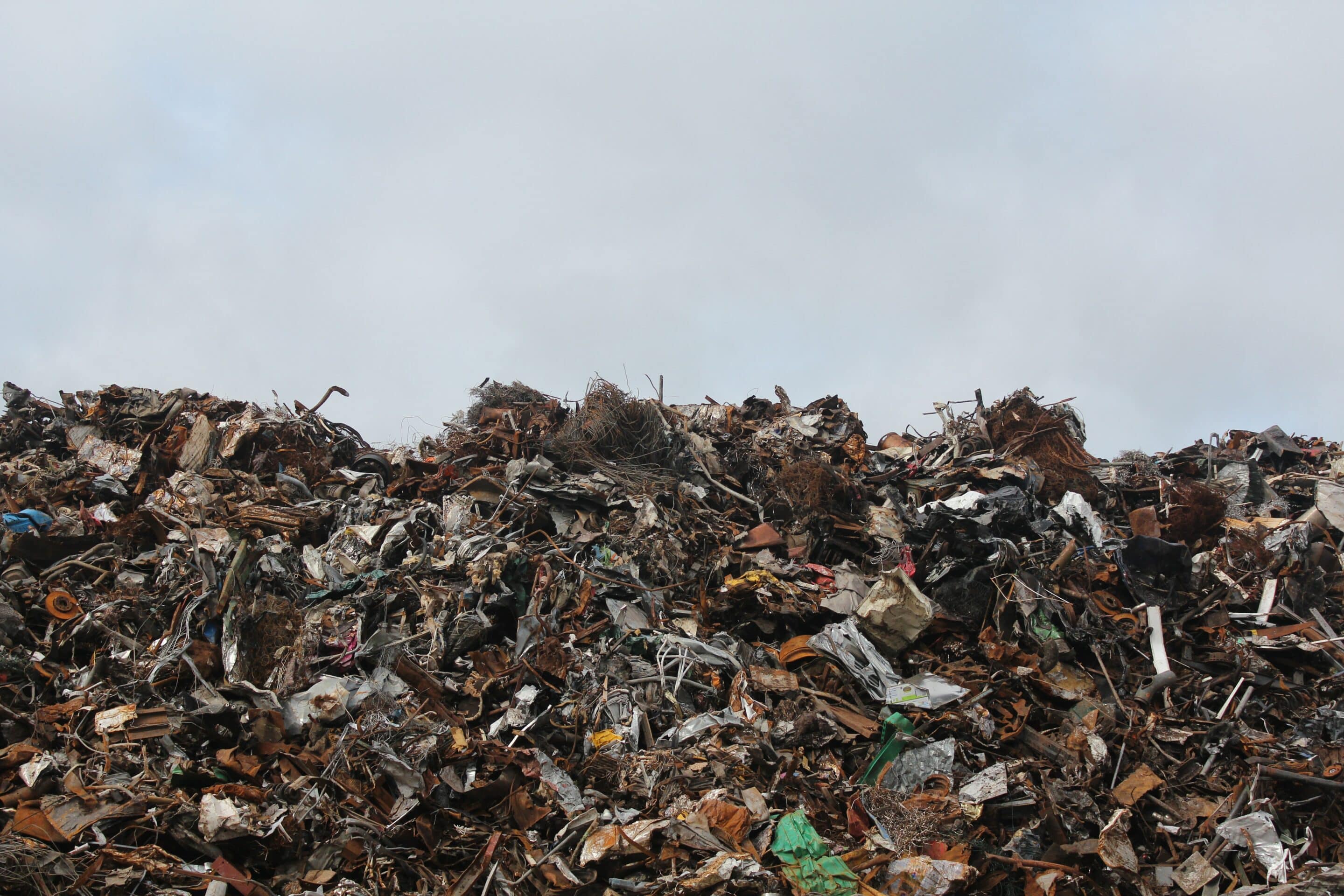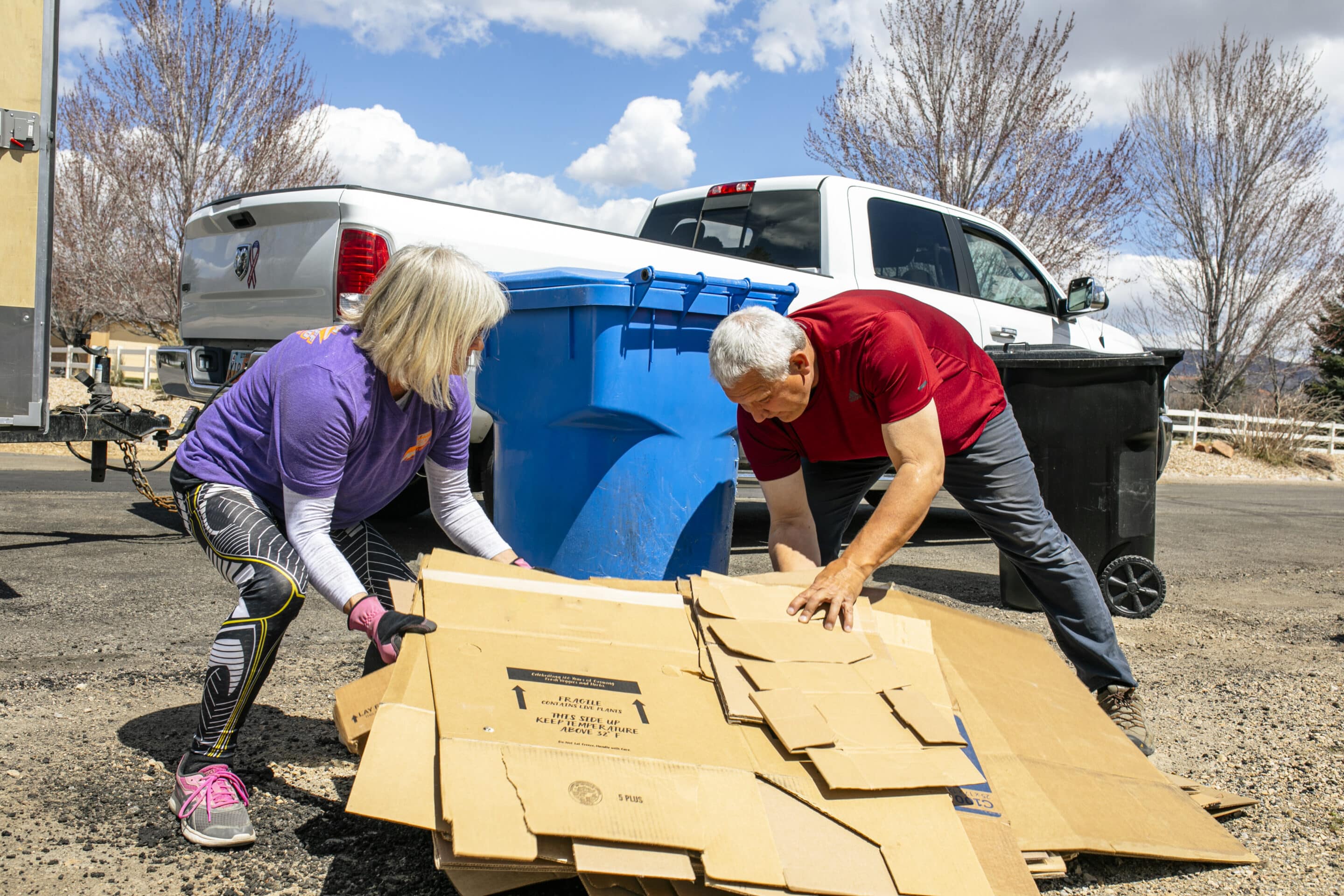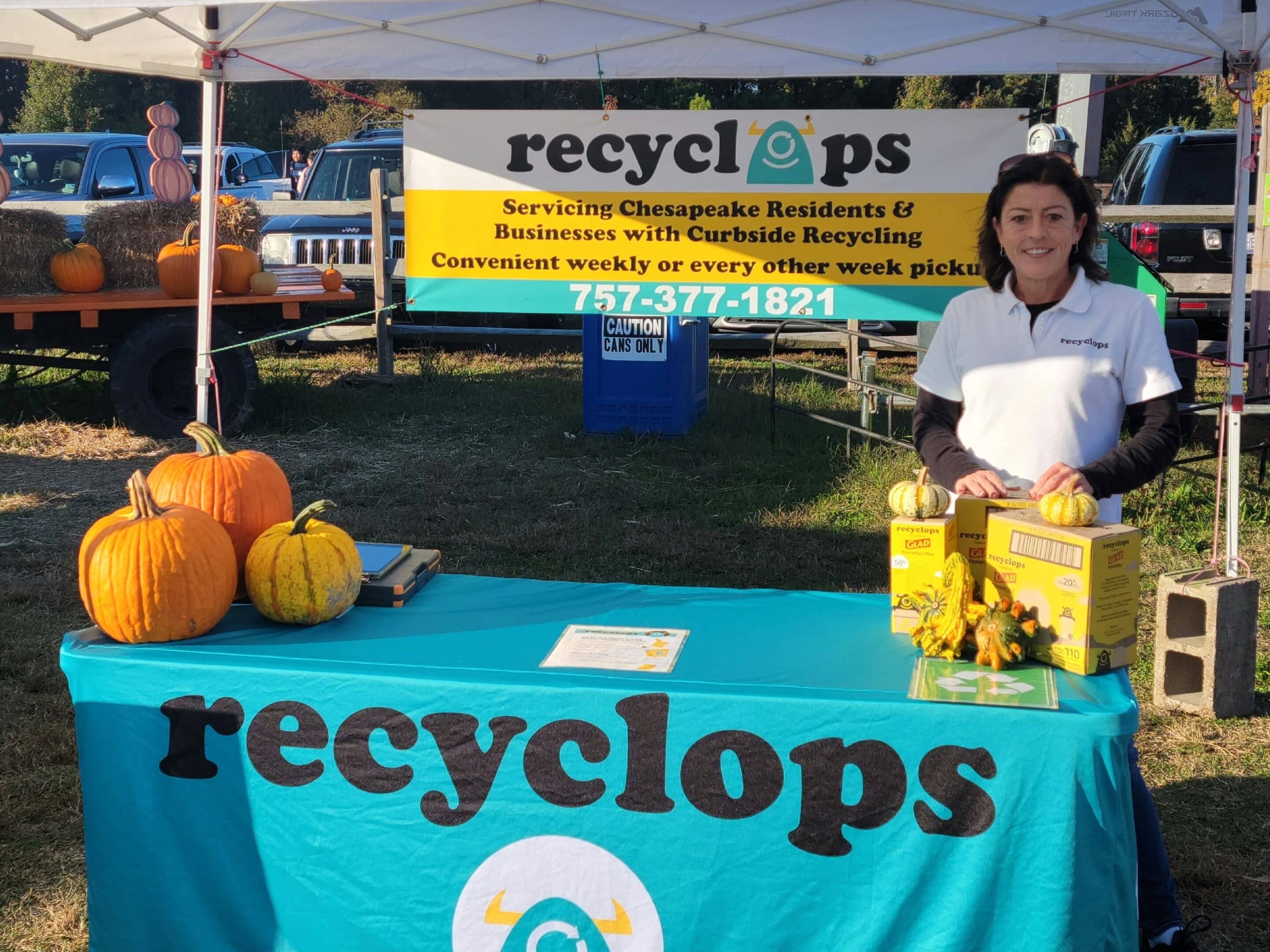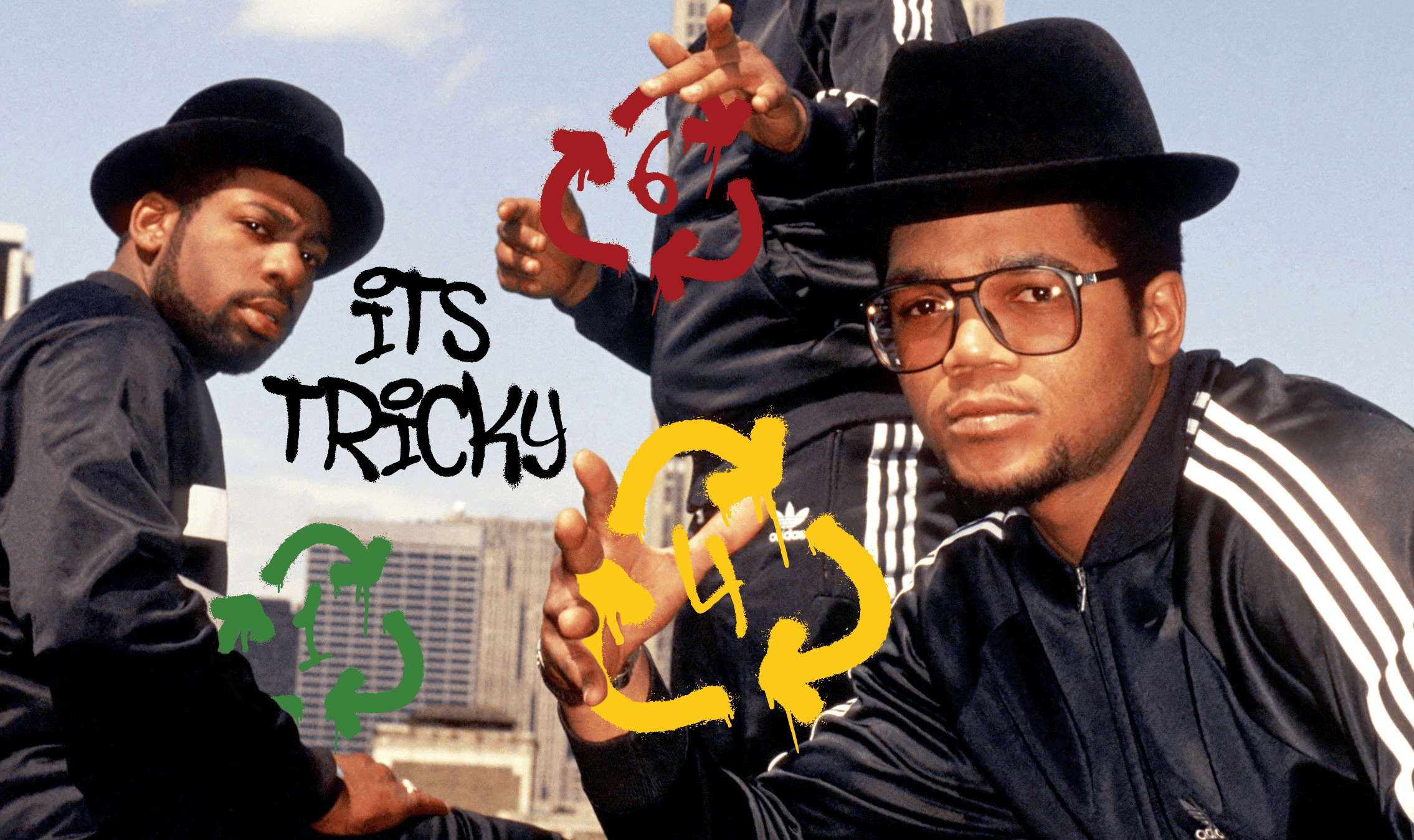Why Plastic Clamshells Don’t Belong in Your Recycling Bag.
Learn more about why certain types of plastic can lead to recycling contamination in your bag.
At Recyclops, we want to make it as easy as possible for you to start recycling effortlessly. That starts with educating our customers on recycling and the different ways materials can be recycled throughout the country.
One of the most common, yet complicated materials when it comes to recycling is plastic. Many assume that all plastics can be recycled, no matter what type, shape, or size. Unfortunately, that’s just not the case. Depending on the type of plastic and the manufacturing process, plastics may be recycling contaminates.
Recycling contamination is a large issue within the recycling industry as a whole. Many materials and items collected during the recycling process can end up becoming recycling contamination. Additionally, many of the contaminates would seem like something that could normally be recycled from the surface.
According to the Environmental Protection Agency (EPA), one in every four recycling items collected is contaminated. This on average makes the recycling contamination rate between 19 – 40% for municipalities across the United States.
Learn more about recycling contamination through our blog post here.
In Europe, plastic packaging accounts for 59% of all plastic waste by weight. In the United States that is likely closer to 65%. The global packaging industry is growing at 5.6% per year with a $700-billion-a-year market value. Plastics account for one-third of this, making packaging the largest single market for U.S. plastics.
Learn more about what the different plastic recycling symbols mean on our blog here.
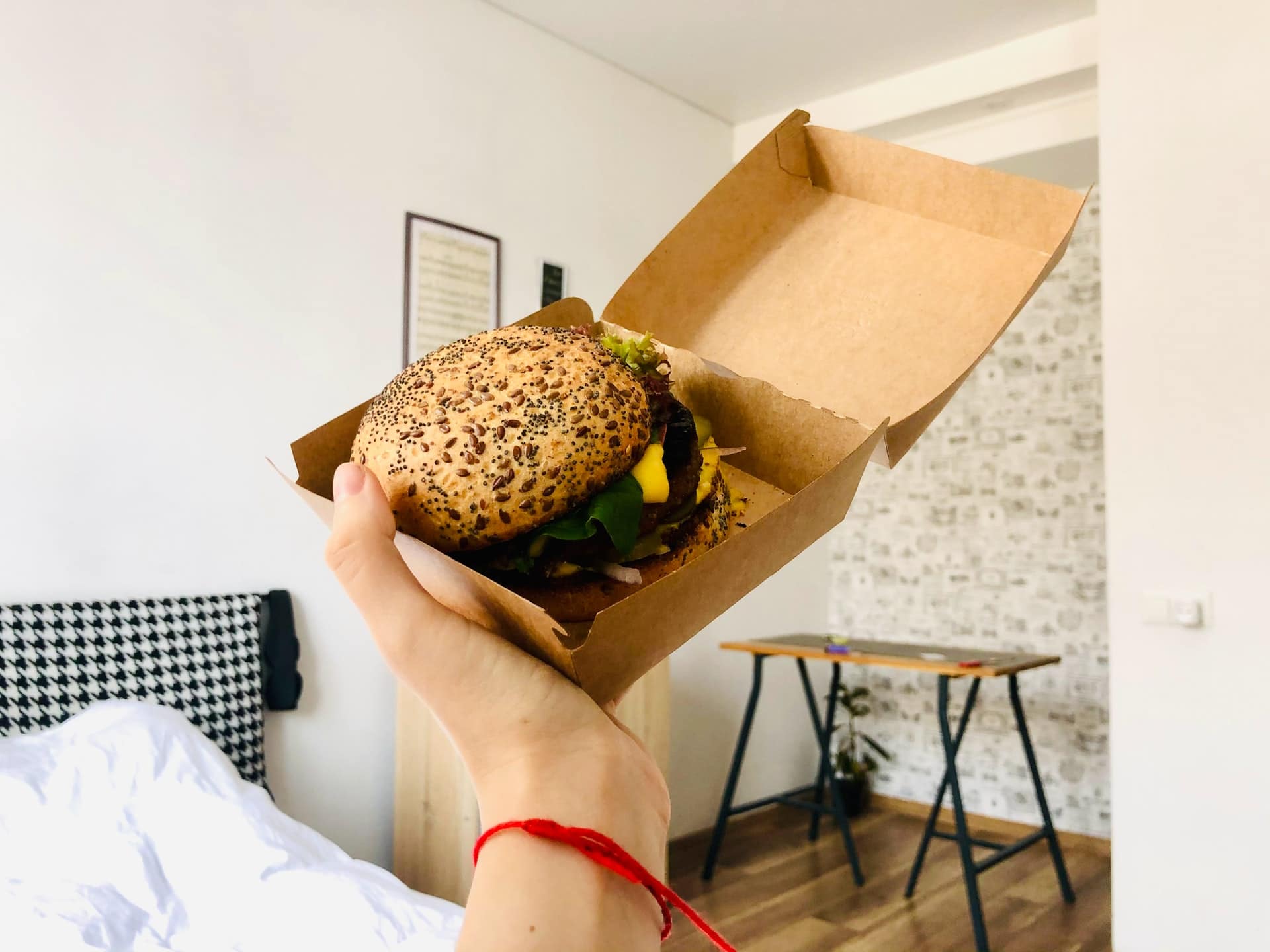
Our team at Recyclops makes it easy to recycle today straight from the convenience of your home. With our service, you know that your recyclables are going to a designated recycling facility and not a landfill. Learn more about where your recycling goes here.
Depending on your location, recycling is as easy as putting all your materials in one or more bags (depending on how many you have) and putting them right on your doorstep or curbside. Your local Recyclops driver will be there to pick up your materials and ensure they arrive at the destination. And don’t worry about making space for another bin, Recyclops bags or carts come with all our services and pickups come at your convenience.

